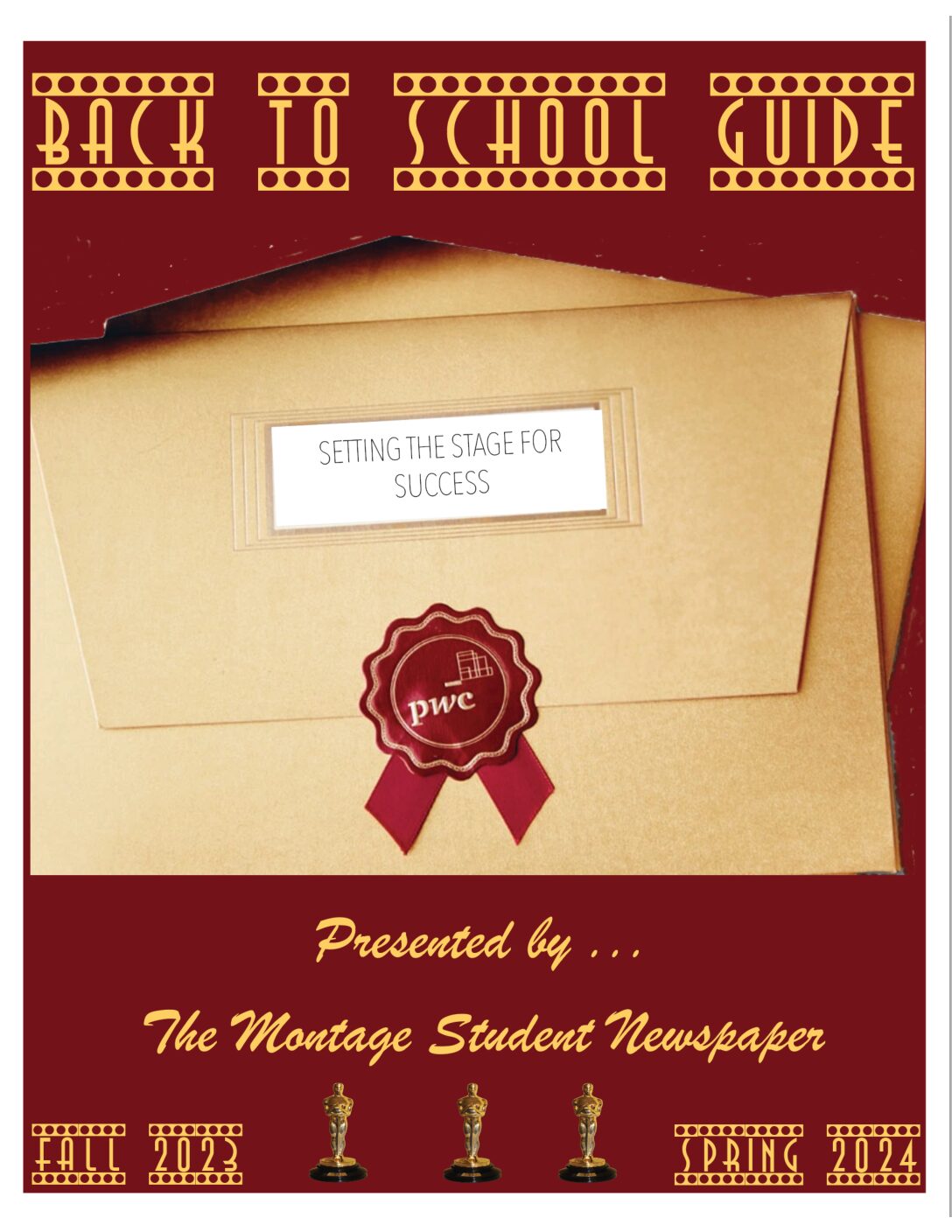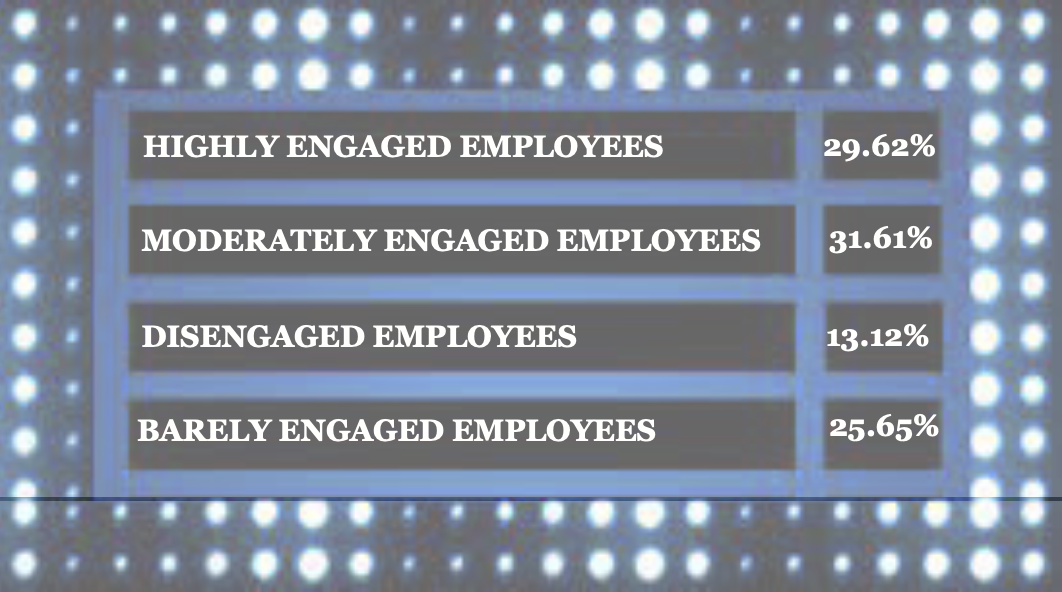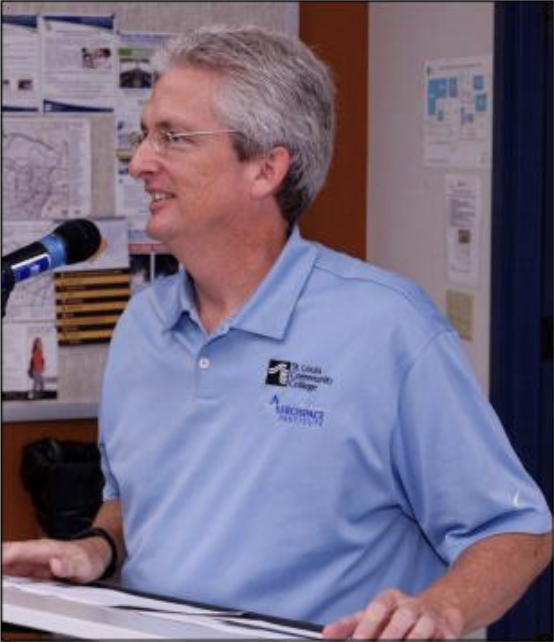Campus writing center offers wide array of student support
 By: Amber Davis
By: Amber Davis
– Senior Staff Writer –
Wendy Wilkerson, an STLCC-Meramec student, swipes her student ID to check into the Writing Center, located in Communications North, Room 122. Wilkerson takes a seat next to the door and waits for her turn to meet with one of the writing specialists to work on her final portfolio for her English class. For the spring semester, Wilkerson has turned to the Writing Center for help on every paper she has written.
“The [writing specialists] are very good because they can point out something in your writing that you may have not seen before. And their worksheets they give out are very helpful,” Wilkerson said.
The Writing Center helps students who are in developmental classes to honor composition classes. They also help students with their transfer essays, peer edit resumes and help students with scholarship essays. Fran Hooker, the supervisor of the Writing Center, said she likes helping the students grow in their writing.
“I love writing centers,” Hooker said. “I like working with the students; I like how a student comes in with a problem and they walk out feeling better about their paper.”
The Writing Center has several desks around the room occupied by students working by themselves or with a writing specialist. The staff desk located at the back corner has handouts to help students with grammar, source. The Writing Center they have their own computer lab where students can print out their papers.
As more students come into the room swiping their student IDs, Hooker calls over the next student waiting.
“Sorry for the wait; it has been a crazy day,” Hooker said to the student.
The student takes a seat next to Hooker and explains what they are struggling with and what their professor wants out of the paper. Hooker then reads the paper with her pen and jots down notes in the margin.
After Hooker has reviewed the student’s paper they discuss what was missed and what can be improved.
“Every appointment is different and that is the fun part about this job,” Hooker said. “Different papers, different issues. When the student comes back they improve.”
The writing specialists at Meramec are professionals that have worked there for 10 to 15 years.
“Our specialists have some tools in their tool belt to know how to deal with issues students may have with their writing,” Hooker said.
Hooker worked at three different writing centers before Meramec and she said it is the busiest writing center she has worked in. The busiest hours for the Writing Center are from 8 a.m. till noon on Mondays and Wednesdays, according to Hooker.
“We do have slower and busier periods but we adjust our staffing accordingly,” Hooker said. “It’s impossible to predict how busy we will be on a given day but we use current statistics and the previous year’s statistics for the same week to predict as closely as we possibly can.”
According to Hooker the most difficult part about working in the Writing Center is last-minute students. When a student comes in 20 minutes before their class for help, that student might have to wait depending on how many writing specialists are staffed and how many other students need help too, Hooker said.
“When students come in last minute they are not leaving enough time to meet with us, reflect on what we suggested and comprehend our recommendations into the paper,” Hooker said. “Students should at least come in a day or two before their paper is due.”
Deborah Burns said the most important thing students can do before coming into the Writing Center is know their assignment sheet.
“Don’t have your time with us be the first time you look at the assignment sheet; really look at the sheet and know what the requirements are,” Burns said.
When Burns first started her job she wrote a model essay book because she felt like other books were too difficult for a student to understand. Burns said she collected essays from students, other publications, colleagues and she even wrote some for the book.
After working in the Writing Center for 15 years, Burns said the most rewarding part of the job is the opportunity to help students one on one.
“It’s a real gift,” Burns said. “We can size up their learning style, their needs and the best way to teach them. And I think it’s a real opportunity.”










